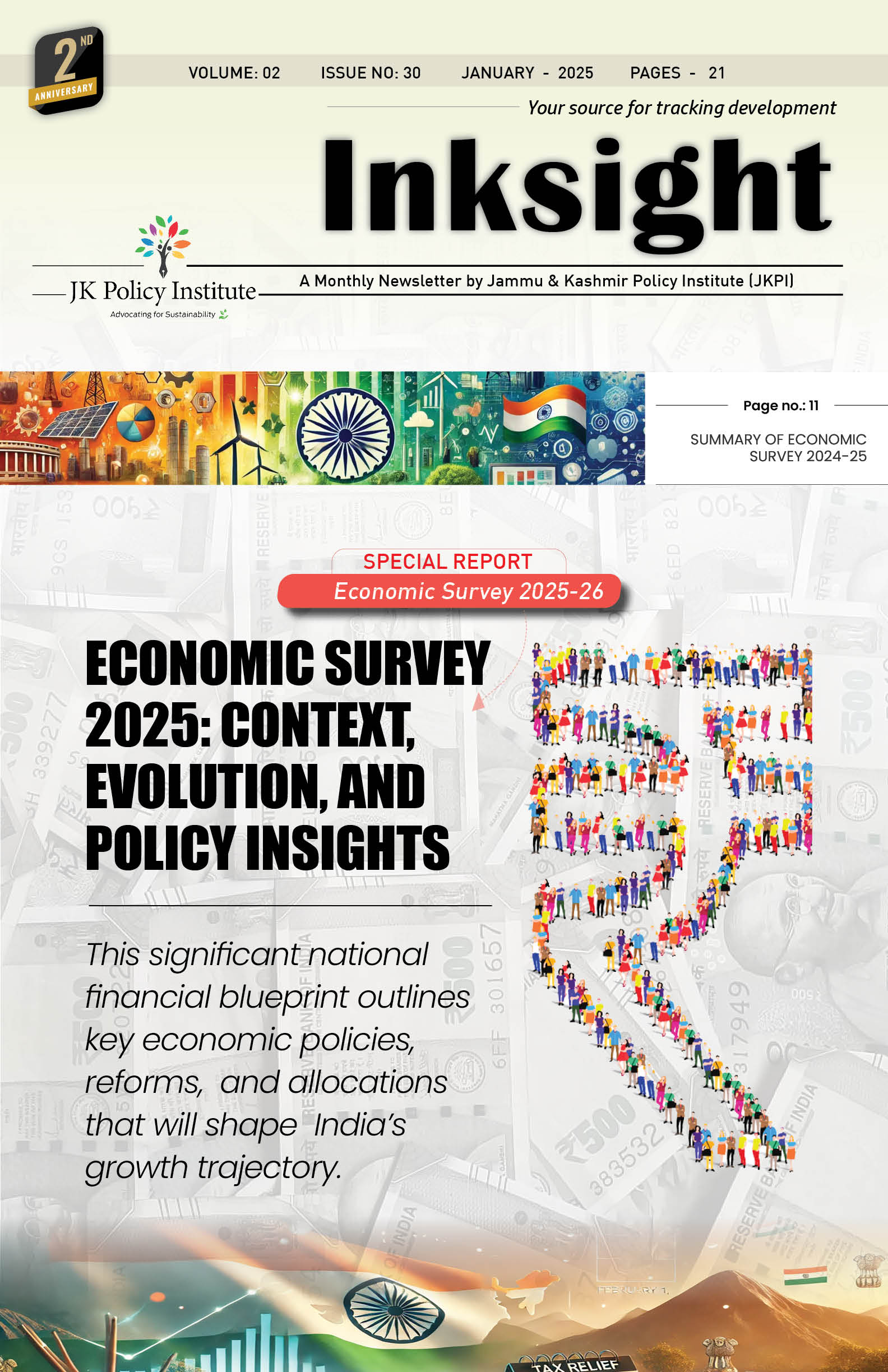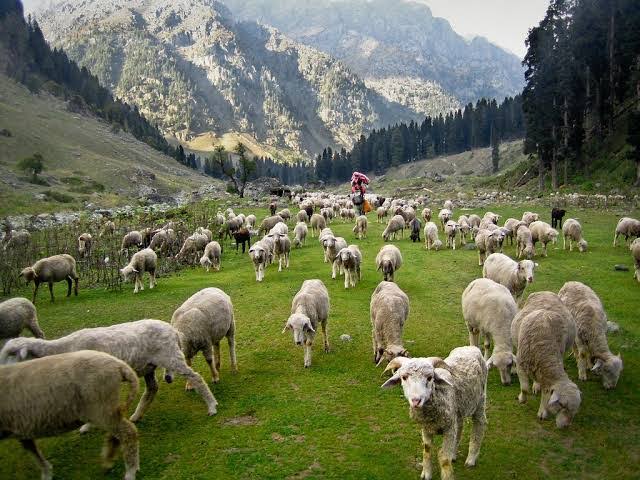In 2022, the United Nations General Assembly declared 2026 as the International Year of Rangelands and Pastoralists to preserve and enhance the livelihoods of nomads, semi-nomads, and pastoralists. The Food and Agriculture Organization (FAO) has been named the lead UN agency for its implementation. According to the FAO, up to 35% of grasslands are at risk of degradation, with other rangelands showing significant risk at 26-27%. This indicates the grave threat rangelands are facing and underscores the need for improved rangeland governance. The severity of this issue is highlighted by the United Nations Convention to Combat Desertification (UNCCD), which emphasizes that the degradation of vast rangelands endangers the climate, the welfare of billions of people, and their access to food. Rangelands are critical for biodiversity, with around 33% of global biodiversity hotspots found in these areas. They are also culturally significant, as 24% of the world’s languages are found in rangelands.
Rangelands conserve freshwater, act as carbon sinks, and prevent land from becoming desertified. Thus, rangelands play an important role in ensuring food security and protecting livelihoods.
Global Context
Rangelands are characterized by natural or semi-natural ecosystems grazed by livestock or wild animals. They include natural grasslands, forests, marshes, and shrublands used by cattle and wild animals for grazing and foraging. In addition to grasses, forbs, bushes, and shrubs, their vegetative cover may also include open forests and agroforestry systems. Rangelands makeup 54% of all land cover, produce one-sixth of the world’s food, and hold one-third of the planet’s carbon stores. Approximately 80 million square kilometers are covered by rangelands worldwide, with 78% found in drylands, primarily in tropical and temperate latitudes. Of this, 67 million square kilometers are used for cattle production, and 9.5 million square kilometres are protected.
About 1 billion animals are sustained in rangelands, which are managed by pastoralists in more than 100 nations. This underscores the critical role of rangelands in both ecological preservation and agricultural production. According to the United Nations Convention to Combat Desertification (UNCCD), deserts and xeric shrublands constitute 35% of rangelands, tropical and subtropical grasslands make 26%, tundra 15%, temperate grasslands, savannas, and shrublands 13%, montane grasslands and shrublands 6%, Mediterranean forests, scrub, and woodlands 4%, and flooded grasslands and savannas 1%. Rangelands are found in a variety of biomes and ecosystems, making them extremely diverse.
Rangelands are an important economic resource in many countries and a symbol of their cultural identity. Predominantly found in Africa and South America, rangelands provide 16% of the world’s total food supply and 70% of the feed for domesticated herbivores. Additionally, rangelands are home to several World Heritage Sites and have shaped the identities, values, and rituals of pastoralists for centuries. Livestock production contributes 4% to India’s GDP and 19% to Ethiopia’s. Brazil produces 16% of the world’s meat, with cattle and livestock accounting for one-third of the country’s agribusiness GDP.
Indian Context
In India, rangeland vegetation covers approximately 121 million hectares, ranging from the Thar Desert to the alpine meadows in the Himalayas. The total grassland area decreased from 18 million hectares to 12 million hectares between 2005 and 2015, with less than 5% of India’s grasslands being within protected areas. There are about 13 million pastoralists in India across 46 different groups. An estimated 40% of India’s land area is used for grazing, which includes 23% of forests and 17% of grasslands.
India holds 20% of the world’s cattle population, most of which are raised in pastoralist systems for grazing together, according to the 2020 report “Accounting for Pastoralists in India.” Livestock contributes 4% of the country’s GDP and 26% of the agricultural GDP, making it a significant component of the Indian economy and supporting rural livelihoods. India is home to 20% of the world’s livestock, including 193 million cattle, 149 million goats, 110 million buffaloes, 74 million sheep, 9 million pigs, 300,000 camels, and 58,000 yaks.
Under privatization, conversion, and misappropriation, communal rangelands—also known as common property resources (CPR)—have decreased from 70 million hectares in 1947 to 38 million hectares in 1997. In several states, pastoralists are prohibited from entering forests or other protected areas. Their movements are further restricted by mining and energy developments, which hinder their access to essential rangeland resources. The Forest Rights Act of 2006 helps pastoralist groups protect their land rights. For instance, grazing rights were granted to the Van Gujjars community in Rajaji National Park following a High Court ruling.
J&K Context
In Jammu and Kashmir, rangelands cover 4.32% of the total area (3.53% in Jammu and 13.22% in Kashmir), encompassing 959,500 hectares. These rangelands are crucial for the livelihoods of local communities, supporting pastoralism, agriculture, the harvest of medicinal plants, and tourism. Approximately 25% of the population in Jammu and Kashmir, including nomads and semi-nomads such as the Gujjars, Bakerwals, Chopans, and Gaddis, depend partially or wholly on rangelands.
In Jammu and Kashmir, field crops such as paddy, maize, oats, and wheat are grown over 500,000 hectares and can provide a local source of fodder for livestock during the winter. Additionally, Jammu and Kashmir has an abundance of fodder tree leaves, such as those from willows and poplars, which are rich in proteins and minerals and are traditionally used to feed livestock during times of scarcity.
The 2024 Global Land Outlook Thematic Report on Rangelands and Pastoralists highlights the urgent need to protect rangelands from endangerment. Key drivers of rangeland degradation include unsustainable land and livestock management practices, climate change, and biodiversity loss due to land conversion. Additional factors contributing to rangeland degradation and fragmentation are tenure instability, disputes over water and grazing limits, laws that promote the overuse of rangeland resources, and changes in consumer behavior.
Rangeland Governance
Rangelands and their communities face serious threats from land degradation. The degradation of rangelands reduces income, productivity, and mobility, adversely affecting the health of both people and animals and increasing the likelihood of conflict over dwindling water and land resources. The impacts of rangeland degradation vary across households, communities, and geographical areas, with marginalized populations, including women, youth, and Indigenous people, being disproportionately affected. Additionally, rangeland degradation can have far-reaching consequences due to hydrological disturbances, leading to sand and dust storms that can exacerbate animal mortality and diminish production and health over larger areas.
Rangeland governance is essential in addressing the challenges faced by these areas. The interactions between formal and informal institutions, as well as the laws, norms, and customs they follow, shape how people and the environment interact on rangelands. This process is known as rangeland governance. Inclusive rangeland governance is the cornerstone of many programs that promote group action for rangeland conservation, sustainable management, and restoration.
Global warming is making rangeland habitats increasingly vulnerable, threatening ecological security. Sustainable management of rangeland resources is crucial, as the impacts of degradation disproportionately affect the vulnerable and poor. The task of gathering fuel and water from dwindling resources falls particularly on women and children. Addressing the energy issue is becoming critical for the sustainable management of rangeland resources, as overgrazing and local attempts to meet energy demands are gradually depleting these resources.
The participation of pastoralists and other rangeland users is key to effective rangeland management and governance. The Participatory Grassland and Rangeland Assessment (PRAGA), developed by FAO and the International Union for Conservation of Nature (IUCN) and financed by the Global Environment Facility (GEF), employs a blend of scientific, indigenous, and local knowledge to assess rangeland health based on the management goals of local land users.
Major challenges facing rangelands include climate change, which, along with the increased frequency and intensity of extreme weather events, affects soil water availability and many aspects of ecosystem structure and function. Meeting both traditional and new demands on rangelands will depend significantly on how they are managed. Coherent policies, effective management, and balanced commercial incentives are essential, as the current lack of these elements, coupled with ineffective management, endangers the livelihoods and cultures of pastoralists. Rangeland communities, often a minority in political and administrative decisions about investment and development, are frequently neglected, voiceless, and powerless.
Way Forward
To effectively address climate change in rangelands, the integration of climate-smart management practices is essential. Additionally, steps must be taken to prevent the conversion of indigenous community land for commercial or other uses. Conservation efforts should focus on both protected and non-protected rangelands, with a simultaneous emphasis on designing effective conservation practices.
Strategies are needed to minimize damage to rangelands from climate change, overgrazing, and other imminent threats. Increasing the presence of native species can enhance carbon sinks by improving vegetation cover and reducing methane emissions. Promoting agroforestry in regions where woody species and grasses co-exist, and incentivizing farmers with marginal land holdings to produce forage seeds through participatory methods, can be beneficial.
Moreover, to protect and enhance the productivity and health of rangelands and their inhabitants, increased political focus and well-informed investments are urgently required.
References



Leave a Reply
You must belogged in to post a comment.